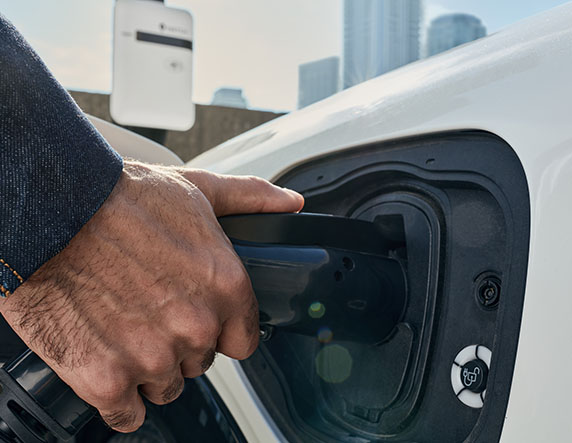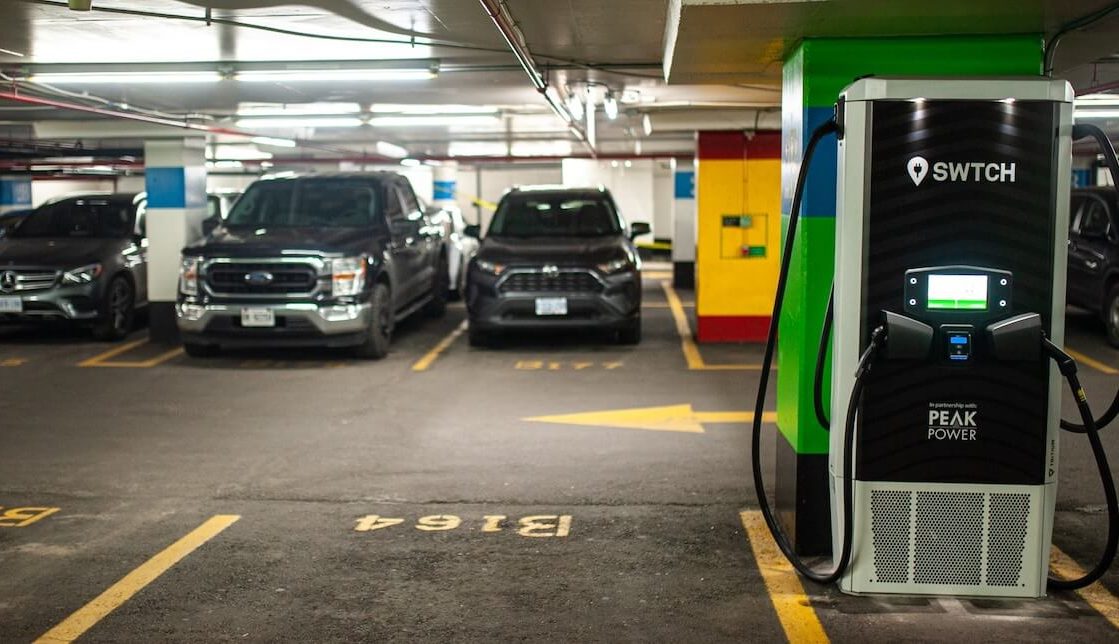Why now is the time for commercial properties to install EV charging stations (and how you can do it right)
EV charging is exploding in popularity, and there are not enough chargers to go around. The National Renewable Energy Laboratory (NREL) reports that the U.S. will need more than 1.4 million charging ports at multi-tenant properties, including multifamily, workplace, office, and retail, by 2030. Many of these will be located on commercial properties.
In spite of this demand, chargers are still in short supply at commercial properties, and questions linger as to how and when to deploy this kind of offering.
Let them linger no longer! Here’s why the best time to start installing charging infrastructure at commercial properties is right now.
Why should I install EV charging at my commercial property?
Because they are in demand, EV chargers offer a multitude of benefits to property managers and owners.
- Improved tenant satisfaction and retention: Convenient access to EV charging is a great way to retain top talent and businesses
- Increased property value: In-demand amenities like EV charging are considered valuable to buyers, and will only become more valuable in future as installation incentives begin to disappear.
- Additional revenue: In publicly accessible spaces, you can open access to your chargers outside of business hours to generate revenue when your staff or tenants aren’t using them.
Beyond this, there are also many incentives available today to make the cost of installation far lower than it would be; in some states, the rebate can be close to 100%. The sooner commercial properties take advantage, the sooner they can gain the benefits of charging at a really great price.
Why is workplace charging so attractive for EV drivers?
Generally, EV drivers prefer to charge up their vehicles in places where they intend to spend a fair bit of time. For many, this means plugging in overnight at home. But needs and access vary. A large number of EV drivers, especially those who live in apartments and condos, are unable to charge up at home.
Especially for those without a home charger, but even for those who do and want access to an occasional top-up when at the office, it’s a huge benefit to have access to charging right at work. You just plug in when you arrive and, hours later (usually at the end of the day), you unplug and are on your way. The alternative, usually, is to try and compete for public chargers out around town, which usually see quite a bit of demand and could involve going quite a bit out of the way.
As EVs become more common, the need and demand for at-work access to charging is going to grow dramatically. Installing chargers today can help put commercial building operations ahead.
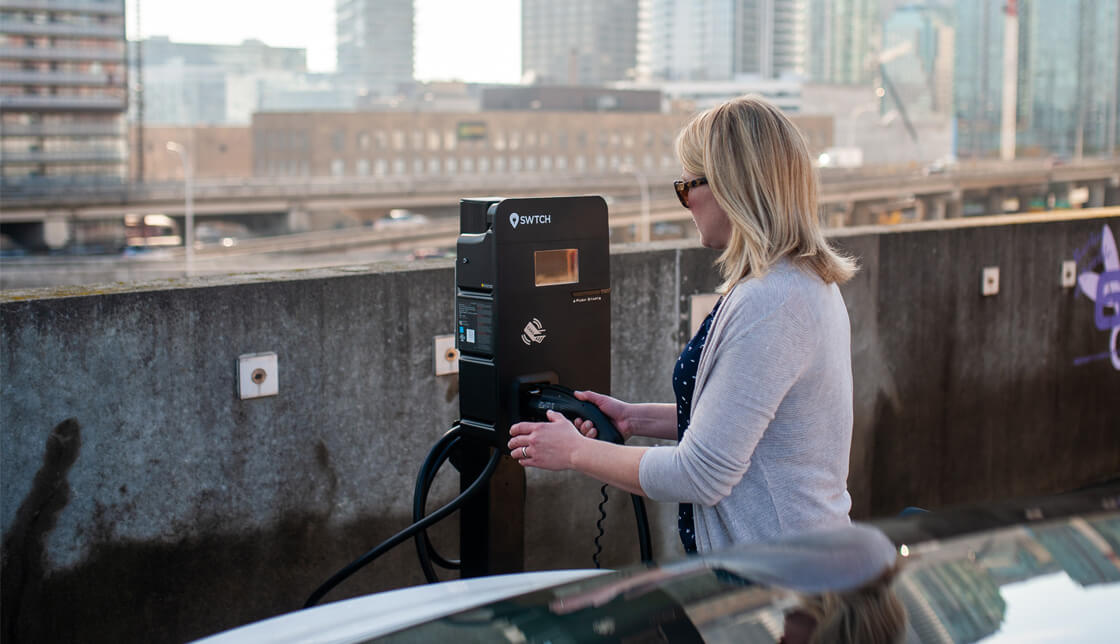
Which type of charging station will best fit my tenants’ needs?
Picking the right type of charger is key to a successful implementation. There are three levels of charger commonly available on the market:
Level 1 chargers typically use a standard household 120V outlet. These plugs provide the slowest charge — approximately 5 miles per hour. A workday charge with a Level 1 plug, then, would leave a car with about 40-50 miles of charge, depending on the vehicle. It’s not nothing, but odds are this will only cover that day’s round trip from home to work and home again.
Level 2 chargers are the standard for commercial properties. These use a 240V connection to deliver substantially faster charging. In general, drivers can expect to add around 15-25 miles of range per hour. This means that it’s usually easy to charge a car fully (or almost fully) over the course of a workday plugged in.
Level 3 chargers, often called “DC Fast Chargers,” have a much higher-voltage connection and can usually fully charge a vehicle inside of an hour, but that comes at a much greater cost— often $100,000 or more.
In order to facilitate access to quality charging for more drivers, and because the electrical infrastructure needs are not as complex or expensive, most commercial projects opt to install several Level 2 chargers rather than going with Level 1 or DCFC chargers.
Contact us to identify the optimal EV charging setup for your commercial properties.
What is the ideal number of charging stations for me to install?
Here’s the truth: it’s a tricky thing to understand the number of chargers you should install.
The reason for this is that your property’s EV charging needs today are sure to be quite different from your property’s needs in even just a few years’ time. To determine the right number of chargers to install, as well as supporting electrical infrastructure upgrades to complete, taking the time to conduct some research is advisable.
If you are the sole occupant of the building, consider issuing a survey to get a sense of the total number of EV drivers frequenting your building today, as well as the number that intend to purchase EVs in the next 2-5 years. This approach tends to get you the most accurate picture of the number of EVs that will want to charge up on your property for the foreseeable future.
If you operate a larger building that counts many different businesses as tenants, conducting this sort of survey will likely be difficult. You could try soliciting input from the various businesses in your building, but what is typically the best starting point is instead to look at existing capacity.
Work with either your own team or some external experts to evaluate what your current electrical panels are able to accommodate without your needing to complete any upgrades. If you have 80 amps of spare capacity on a panel, that means you can install up to eight chargers if you use a load management solution to share two 40 amp circuits with four chargers each. This may sound like a lot, but by advertising these new charging stations to the dozens or hundreds of people who work in your building, you’ll likely see they’re in high demand as soon as installation is complete.
Next, assess the amount of work that will be required to allow your property to install enough charging stations to meet your building’s needs, both today and in the future.
By taking the time to do both of these, you should at least have a better sense of what is absolutely needed today and what would be good short or medium-term future-proofing.
Note that, whatever number you land on, it’s advisable to select hardware and software from open platforms. This makes it easier to grow in future, as you won’t need to worry about specific manufacturers or providers going out of business and disrupting your existing installation. You’ll be able to add, remove, or replace however your future needs demand.
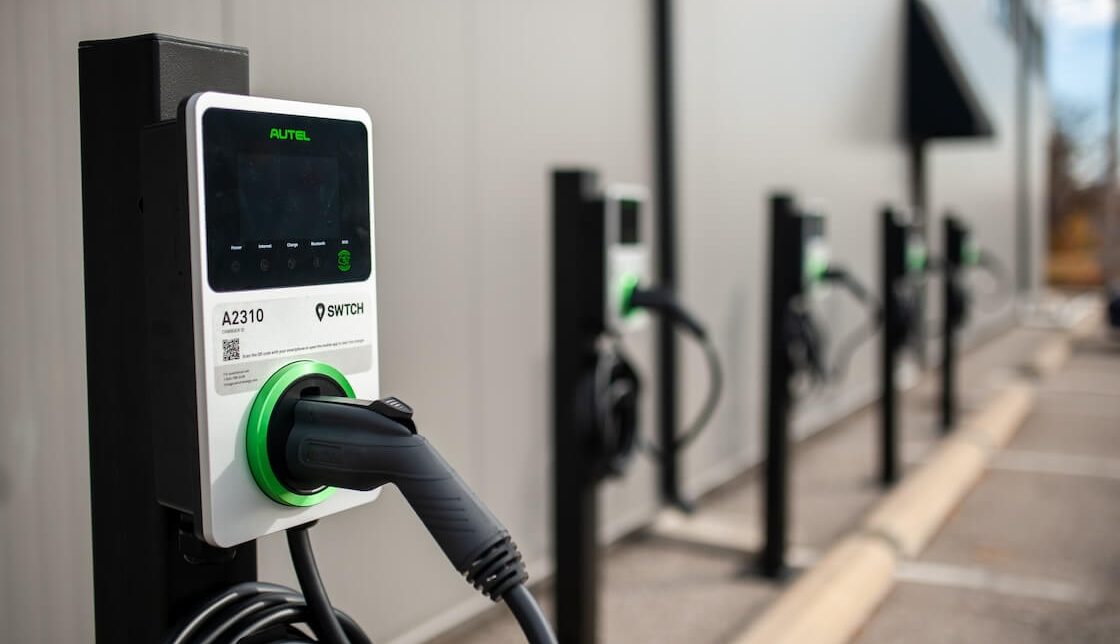
How can we manage the installation cost of an EV charging system?
The big question around EV charging, inevitably, is cost. Chargers, and especially the electrical upgrades often required to install them, can be expensive. For many commercial property teams, the napkin math can seem daunting.
Fortunately, there are some accessible ways to reduce the cost associated with building out a charging offering for your properties.
First, it’s important to remember that incentive programs abound. The federal government, as well as many state and local governments, are offering huge sums of money to bring down the cost of rolling out charging infrastructure in all sorts of environments. These incentives will not last forever, so the sooner your business applies to take advantage, the likelier it is that you’ll be able to get a nice discount on the total cost of the project.
Second, you can save substantial amounts of money, now and in the future, by working with software that helps to reduce the amount of electrical work needed to roll out multiple chargers.
The main feature that can help is called “load management.” This allows multiple chargers to share a single circuit and allocate electricity to multiple chargers and vehicles as needed at any given time. Especially for older buildings, which often have more electrical constraints, this technology can make a huge difference in driving down the overall cost of the project.
To see an example of the difference that this technology can make, see this story about a large EV-readiness project that saved hundreds of thousands of dollars on its EV readiness project thanks to load management.
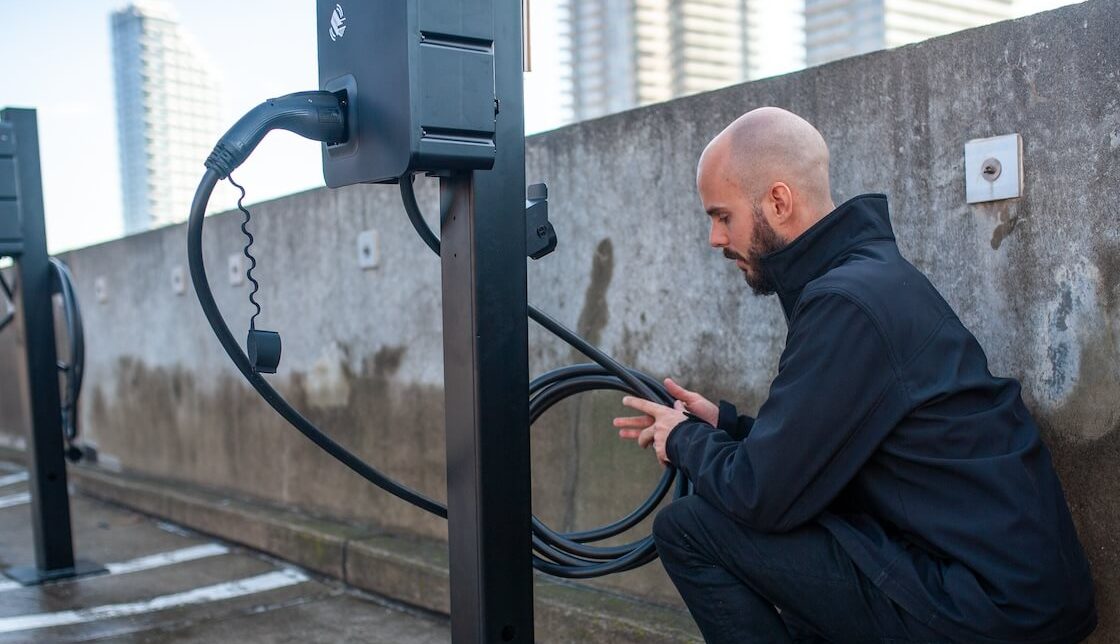
To sum it up
The IEA predicts that more than 60% of all vehicles sold globally will be EVs by 2030. This means substantial changes to how we use personal transportation. Commercial properties can be part of this transformation or risk falling behind.
Whether you are an employer managing your workplace location or an asset owner, there’s much to be gained by installing a scalable EV charging solution. EV chargers are an in-demand amenity that can be used to attract and retain great tenants and can encourage employees to come into the office more often. EV chargers can also, over time, pay for themselves, which is a rarity in the world of commercial building amenities.
Are you interested in seeing how an EV charging system could work in your property? Get in touch!
